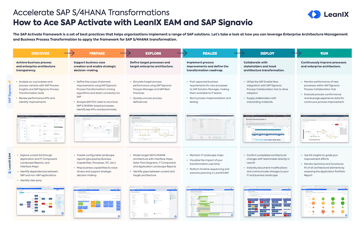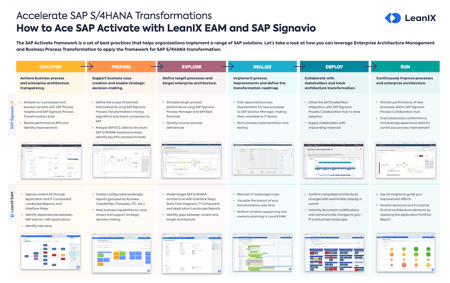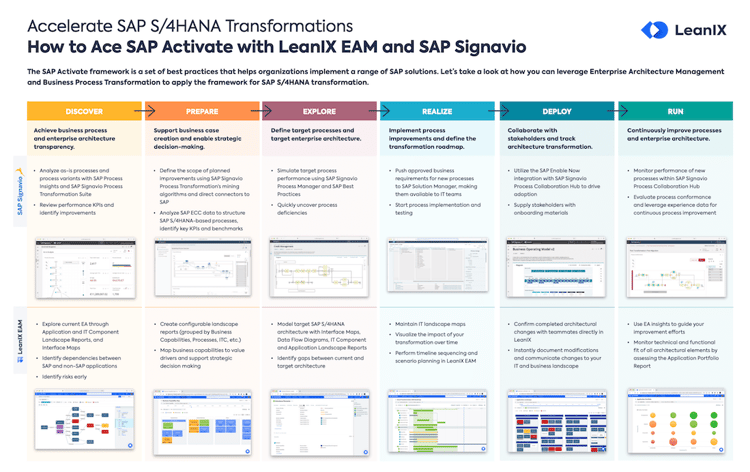Analyze the impacts of the change
Once the technical solutions map has been created, an SAP change impact analysis can be conducted to understand how the new system will benefit the enterprise. It also shows which actions are needed to enable a smooth and streamlined transition to the new SAP system.
During this analysis, a baseline of the current state is established and an organizational alignment approach is validated among the stakeholders of the project.
This is also where key users are identified and an end-user learning needs analysis – along with a learning plan – should be prepared. The result of this activity is to ensure all outcomes have been considered, which drives success for the future of the project.
Develop training strategy
Finally, a training strategy is developed to facilitate the success of the SAP project. The project team outlines a testing strategy that includes objectives, scope, the testing tool, defect coordination, and the required roles for S/4HANA testing.
During this activity, teams begin to review and map out user access, security, key user extensions, etc. and perform data load preparation activities. They also plan SAP tests including end-user learning needs analysis, so users can begin to familiarize themselves with the new solution. The learning team is also involved in preparing and delivering the learning content to the identified testers.
The result of the SAP test planning activity is to lay the foundation for the ongoing success of the implementation. This step is important as the training strategy will define how testing is performed and completed during the project. As a result, all stakeholders must agree and align to the appropriate approach before testing begins.
Conclusion
The final step of the Explore phase involves all project team members and relevant stakeholders signing off on all the prescribed quality gate activities and populated RICEFW. These deliverables include the agreed-upon target architecture and target processes which can then be realized during the next phase of the SAP Activate methodology (aptly named the Realize phase).
SAP provides plenty of internal tools such as assessments, roadmaps, and templates to make the transformation to S/4HANA a more straightforward and structured process. They also endorse third-party apps like the LeanIX EAM to facilitate migration efforts. It is the only “Endorsed App” for Enterprise Architecture in the SAP Store.
Using the EA on its own or in tandem with SAP Signavio, the tool helps alleviate the uncertainty and complexity inherent to IT and business process landscapes, adding clarity to pre-transformation planning.



/EN-S4Hana-Roadmap-Poster_Resource_Page_Thumbnail.png?width=400&height=280&name=EN-S4Hana-Roadmap-Poster_Resource_Page_Thumbnail.png)
/EN/Reports/EN-LX-SAPS4HANA-Survey-Resource-Page-Thumbnail.png?width=260&height=171&name=EN-LX-SAPS4HANA-Survey-Resource-Page-Thumbnail.png)
/EN/White-Paper/EN-SAP-Getting-it-Right-WP-Page-Thumbnail.png?width=260&height=171&name=EN-SAP-Getting-it-Right-WP-Page-Thumbnail.png)
/EN/Video/Webinar-Thumbnail-360x250@2x-2.png?width=260&height=171&name=Webinar-Thumbnail-360x250@2x-2.png)
/EN-WP-SAP-S4Hana-Migration-Resource_Page_Thumbnail.png?width=260&height=171&name=EN-WP-SAP-S4Hana-Migration-Resource_Page_Thumbnail.png)

